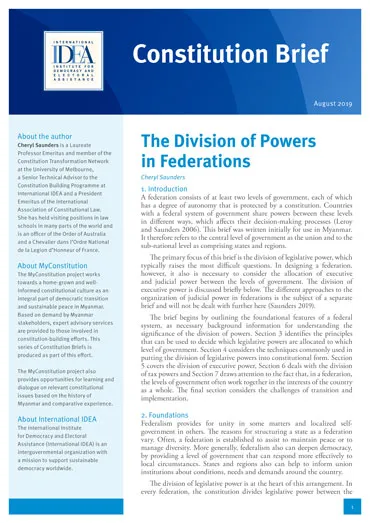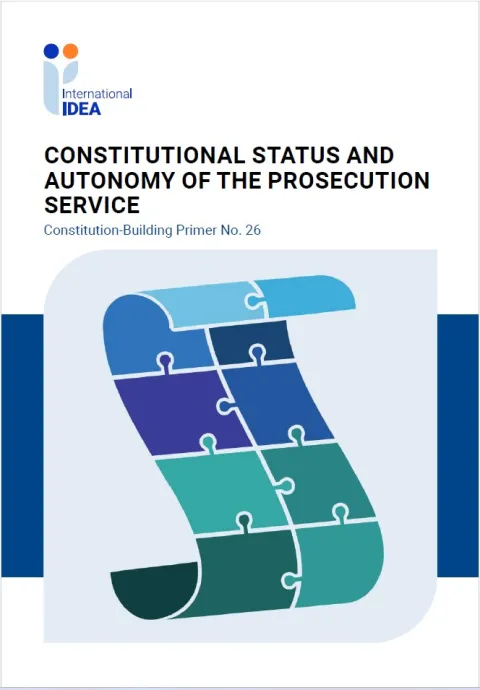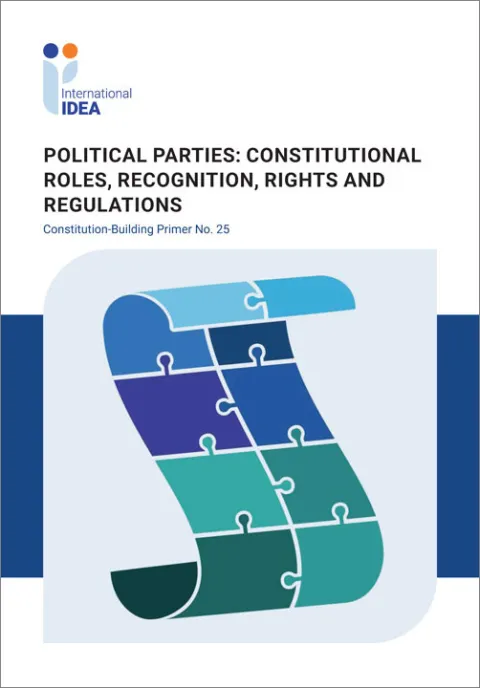The Division of Powers in Federations
A federation consists of at least two levels of government, each of which has a degree of autonomy that is protected by a constitution.
Countries with a federal system of government share powers between these levels in different ways, which affects their decision-making processes. The primary focus of this Constitution Brief is the division of legislative power, which typically raises the most difficult questions.
Details
Contents
1. Introduction
2. Foundations
3. Principles for the allocation of legislative powers
4. Techniques for the division of legislative powers
5. Division of executive power
6. Taxation powers
7. Working together
8. Transition and implementation
References and further readings
Give us feedback
Do you have a question or feedback about this publication? Leave us your feedback, and we’ll get back to you
Send feedbackThe Division of Powers in Federations

| Total views | 16468 |
|---|---|
| Downloads | 282 |
| Rating |
Give us feedback
Do you have a question or feedback about this publication? Leave us your feedback, and we’ll get back to you
Send feedback






![Dr Fawaz Shareef, Founder of Maldives Centre for Policy Studies; Uza. Aishath Azima Shakoor; Uza. Fathimath Dhiyana Saeed. [Photo: Maldives Centre for Policy Studies]](https://www.idea.int/sites/default/files/styles/webp_480/public/2024-08/WhatsApp%20Image%202024-08-06%20at%2011.48.48.jpeg.webp?itok=pRaNdf-C)




